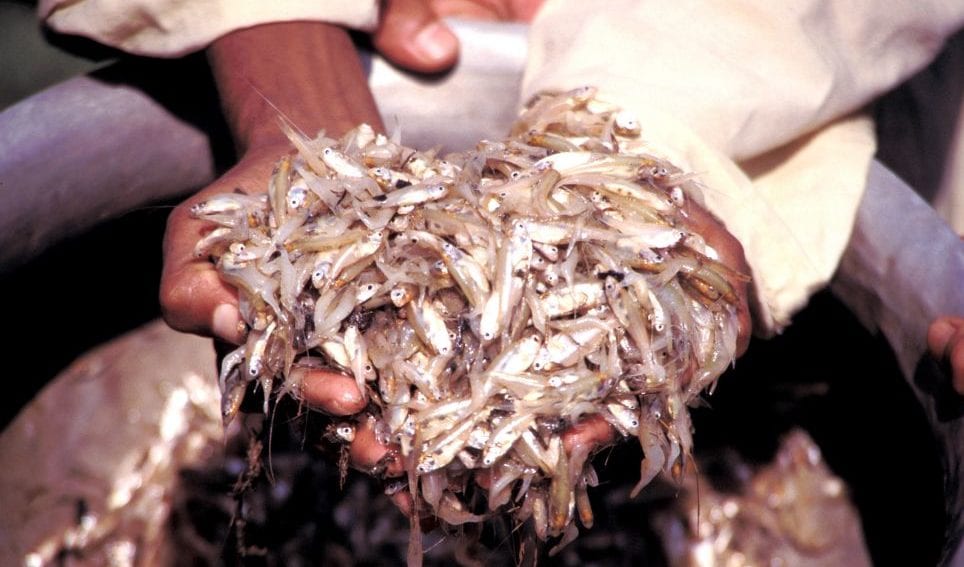By: Naimul Haq
Send to a friend
The details you provide on this page will not be used to send unsolicited email, and will not be sold to a 3rd party. See privacy policy.
[DHAKA] A recent study shows that eating mola, a small indigenous fish species, can give substantial health benefits, particularly in preventing diseases caused by vitamin A deficiency (VAD).
The study due to be published in Aquaculture in February 2016 focuses on the farming of mola fish species (Amblypharyngodon mola) in rural household water bodies like small ponds.
Small fish, including mola are an excellent source of micronutrients such as iron, zinc, calcium, vitamin A and vitamin B12, as well as fatty acids and animal protein, the authors of the study tell SciDev.Net.
Says Shakuntala Haraksingh Thilsted, lead author and nutrition scientist of the WorldFish Center, “We intended to show that this is a cost-effective food-based approach to combat VAD, using the disability-adjusted life year (DALY) method, a measure of overall disease burden, expressed as the number of years lost due to ill-health, disability or early death.”
VAD is the leading cause of preventable blindness in children and increases the risk of disease and death from severe infections. In pregnant women, VAD may increase the risk of maternal mortality.
In Bangladesh, a country known for household ponds, the mola fish represents a low-cost, locally-sourced food that can dramatically improve nutrition and health for a major section of the population.While Bangladesh has implemented a successful vitamin A supplementation programme over more than two decades and has been fortifying vegetable oil with vitamin A since 2012, the prevalence of VAD remains a serious public health problem in the country.
“For many years, Bangladesh has been promoting pond polyculture — carp species, and later tilapia and pangasius,” Thilstead says. “Work at the Bangladesh Agricultural University and University of Copenhagen show that mola can be incorporated in carp polyculture in ponds and that this increases total fish yield as well as the nutritional quality of the yield.”
But VAD continues to be a major public health problem in Bangladesh. A survey conducted in 2011—2012 by the International Centre for Diarrhoeal Disease Research, Bangladesh and UNICEF showed that over 75 per cent of pre-school children suffer from some form of VAD.
“The Bangladesh government should promote the culture of mola to increase the frequency and quantity of mola consumption — there is a great potential for this, as Bangladesh has over four million household ponds in which mola can be cultured,” Thilstead says.
Benoy Kumar Barman, specialist in fish production at the WorldFish Center, says harvesting techniques are also important, “Our research shows that harvesting mola fish at the right time can double production. Mola is no luxury food but it can become a staple for the poor if proper methods are used.”
Shamsunnahar Nahid, senior nutrition consultant at the Bangladesh Institute of Research & Rehabilitation in Diabetes, Endocrine and Metabolic Hospital, Dhaka, says that mola fish is also a great source of protein, calcium and B vitamins needed for growth in children. “If mola fish culture is promoted nationwide through proper campaigns, that would be huge contribution towards ending malnutrition,” she tells SciDev.Net.














